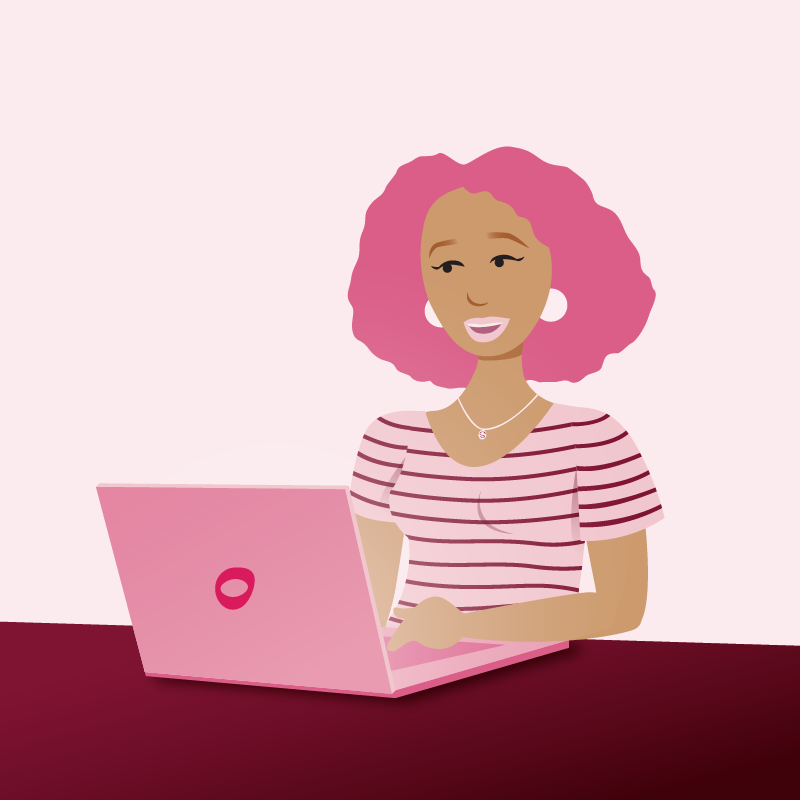
10 Nutrition Tips for Pregnant Women
During your pregnancy, you’re eating for two. That means you need to eat more, and you need to eat better. As a result, your diet
Periods. The word alone can cause anxiety. If you have PMS, the anxiety can be multiplied by 10. The only thing worse than your period is the way that it makes you feel for a few days each month. From bloating to cramps to mood swings, there are a lot of symptoms that come with menstruation.
This post will provide you with some helpful strategies to help combat some of these PMS symptoms, but first, let’s talk about what those symptoms actually are and why they happen.
Periods have a lot of symptoms, but the ones most people talk about are bloating, cramps, and mood swings.
Bloating: This is the swelling of your uterus due to fluid retention during your period. It can make you feel like you’re more full than you actually are. The best way to combat this symptom is by drinking lots of water to flush out all that extra fluid.
Cramps: Cramps happen when our uterine muscles contract in order to stop blood from flowing out of our uteri. Some women experience cramps so bad they can’t walk or move. The best way to ease these cramps is by lying down on your back and placing a heating pad on your lower tummy or stomach area.
Mood Swings: These occur as a result of hormonal shifts during menstruation. The best way for them to go away as quickly as possible is to get proper rest and eat healthy foods that contain nutrients like B vitamins and magnesium, which help regulate hormones in our bodies.
To put it simply, PMS is the body’s response to hormonal fluctuations that cause a woman’s uterus to contract and shed its lining. This happens every month as an egg is released from the ovaries and prepares for fertilization. The fluctuations are caused by changes in hormones like progesterone, estrogen, and luteinizing hormone (LH).
The symptoms of PMS can vary greatly among women but they often include bloating, breast tenderness, irritability, depression or anxiety, mood swings, food cravings, fatigue or lack of energy, and difficulty concentrating or remembering things. It’s not just one symptom; often these symptoms can overlap and happen more than once a day.
PMS symptoms are sometimes caused by issues such as premenstrual dysphoric disorder (PMDD), endometriosis, fibroids, and retrograde menstruation (when menstrual fluid travels back up through the vagina instead of coming out), PCOS, or a thyroid issue.
While there are many symptoms that come with periods, we’ll focus on two major ones: cramps and mood swings which stem from your hormones. These two symptoms alone can be extremely difficult to manage during this time in your cycle—the pain is real! They may also be combined with other PMS-related symptoms like bloating or breast tenderness.
Periods notoriously come with a slew of symptoms, which can make life especially difficult. Some of the most common symptoms include bloating, cramps, moodiness, and a change in appetite. If you want to ease the pain that comes with your period and PMS, here are a few strategies you can use to make it more bearable.
One strategy is to eat healthy foods that will help you manage your mood swings without depriving yourself of nutrients. Another option is to take care of yourself by getting plenty of sleep, laying off the caffeine and sugar, and making time for self-care such as meditating. You should also try to find ways to cope with your symptoms like taking a warm bath or drinking chamomile tea when you’re feeling tense or anxious. These are just a few options for easing the pain associated with PMS during your period.
PMS can be a major drag on your life, but we hope you take advantage of these strategies to help you ease the pain!

During your pregnancy, you’re eating for two. That means you need to eat more, and you need to eat better. As a result, your diet
One of the most natural occurrences for women is their period. For many women, however, it can be hard to know what’s going on with

Acne is a very common, often frustrating condition that sometimes leads to scarring and dark spots. While acne scars won’t entirely go away on their
Copyright © Oohvie 2024 . All rights reserved. | Privacy Policy | Terms & Conditions


